Fruits that start with the letter E come in many different types, including some you know well and others that might be new to you. They can be bright and colorful, feature in various shapes and sizes, and fall into categories like berries, pome fruits, tropical fruits, and some with medicinal uses.
Their flavors range from sweet and juicy to tangy and sour, making them great for various uses in the kitchen. These fruits, from main dishes to desserts and drinks, add a special touch.
Some of these E-starting food, like elderberries, are usually eaten in jams, syrups, or other processed forms because they’re not safe to eat raw. Others, like the etrog, are important in certain cultural and religious traditions.
I’ll take you on a journey from North to South, East to West, exploring all the E fruits I can find. As a bonus, I’ll also share some vegetables that start with E.
So, let’s keep reading! There’s a lot to discover, and I promise it’ll be interesting.
17 Fruits that Start with E with Filters
Here’s a list of 17 fruits that start with E, ranked by how well-known they are. You can use a filter to see which ones are national, which ones are unusual, which ones can be used as veggies, and which ones are great for dishes, drinks, or adding a pretty touch to plates.
Eggplant
- For Dishes
- Fruit Vegetables
Eggplant, also known as aubergine, is a fruit vegetable native to India but has become a staple in cuisines around the globe, from Italian to Middle Eastern dishes.
Eggplants come in various shapes and colors, ranging from deep purple to white and green. Some famous variations include the large, dark purple Globe eggplant, the slender and mild Japanese eggplant, and the small, round Thai eggplant.
The taste of eggplant is mild and slightly bitter, with a spongy texture that absorbs flavors well. Eggplants are in season during the late summer and fall. They’re typically cooked before eating, often by roasting, grilling, or frying.
This fruit is often utilized in ratatouille, baba ganoush, and eggplant parmesan. Eggplants are widely enjoyed in countries like Italy, India, and Japan.
European Pear
- France
- For Beverages
- For Dishes
- For Garnish
- National
The European pear, known as the common pear, is a fruit belonging to the Pyrus communis. This pear is native to central and eastern Europe and southwest Asia. European Pears are prized for their sweet, buttery flavor and soft, juicy texture when ripe.
They come in various types, some of the most common being the Bartlett, Bosc, and D’Anjou pears. These pears are rounded bell-shaped, with a wider bottom tapering to a narrower top.
The skin color can vary from green to yellow to brown. European pears are typically harvested in the late summer through fall but are available in stores year-round. Eating a European Pear can be enjoyed raw for its juicy sweetness or cooked in desserts like poached pears.
They are especially popular in Europe and North America. In some cultures, pears are associated with prosperity and health and are given as gifts during important festivals, such as the Chinese New Year.
Early Girl Tomato
- For Dishes
- For Garnish
- Fruit Vegetables
Early Girl tomato is a cultivated fruit, widely categorized under vegetables for culinary purposes. This tomato variety is favored for its early ripening, capable of producing fruit within 50 to 62 days after planting.
It stands out for its medium size, round shape, and bright red skin when ripe. An Early Girl Tomato tastes classic and well-balanced, offering a slightly sweet flavor with a juicy texture.
These tomatoes are versatile, perfect for eating raw in salads, slicing for sandwiches, or cooking down into sauces. They thrive in warm climates and are most commonly grown and enjoyed in North American regions, especially in the United States.
Edward Mango
- For Beverages
- For Dishes
- For Garnish
Edward mango, also known as the Edward, is a fruit belonging to the mango family and primarily grown in Florida, United States. This mango is highly regarded for its sweetness, rich flavor, and silky, fiberless flesh.
It has a striking appearance, with skin that turns from green to bright yellow and a blush of pink when ripe. The fruit is medium to large and has an oblong shape. Edward Mangoes are typically in season from May to June.
The fruit is primarily consumed fresh, and savored for its aromatic and succulent flesh, but it can also be used in smoothies, desserts, and salads.
Early Gold Mango
- For Beverages
- For Dishes
- For Garnish
Early Gold mango is a fruit cultivated primarily for its early ripening season. This variety is especially popular in regions with widespread mango cultivation, such as tropical and subtropical areas.
The Early Gold mango is notable for its yellow skin, sweet taste, and fibrous texture. It is often enjoyed fresh, making it a refreshing treat during its early season, typically before the arrival of the main mango season.
Etrog
- Exotic
- For Garnish
Etrog, also known as the citron, is a citrus fruit with religious significance in Judaism, particularly the Sukkot festival. The fruit is large, with a thick, bumpy rind and a very small amount of tart, aromatic pulp.
Native to India and Southeast Asia, the etrog has been cultivated throughout the Mediterranean basin and is now grown in Italy, Israel, Morocco, and the United States.
It is renowned for its strong, pleasant citrus scent. Outside of its religious use, the rind can be candied or used to flavor food and drinks.
The cultivation and selection of Etrogim (plural for Etrog) are subject to strict religious criteria, making certain varieties, such as the Moroccan and Corfu Etrogim, highly prized.
Emblica
- Exotic
- For Beverages
- For Dishes
- For Garnish
Emblica, also known as Indian gooseberry or Amla, is a small, green fruit native to India and neighboring countries. This sour fruit is considered a food and a key component in traditional Ayurvedic medicine.
Emblica trees are highly revered in India and have been cultivated across Asia and the Middle East. The fruit is round with a light green color, and its taste is very tart and astringent, often described as sour with a bitter aftertaste.
Emblica is typically harvested in the autumn and can be eaten raw. However, its strong sour taste often leads to its incorporation into sweetened preserves, pickles, or juices.
It’s also dried and used as a traditional remedy for various ailments. Its importance goes beyond culinary uses, as it’s also celebrated in Indian culture for its health benefits, particularly during the festival of Amalaki Ekadashi.
Egg Fruit
- Exotic
- For Beverages
- For Dishes
Egg fruit, known scientifically as Pouteria campechiana and also called canistel, is a tropical fruit native to southern Mexico and Central America. This fruit is named for its creamy texture and sweet flavor, reminiscent of a cooked egg yolk when ripe.
Egg fruits are oval to spindle-shaped with smooth, thin skin that turns green to yellow or orange as they ripen. The flesh inside is dry and sweet. The main season for egg fruit is from late fall to winter.
It’s most commonly eaten fresh but can also be used in smoothies, spreads, or baked goods to add a sweet, custardy flavor. Egg fruit is popular in its native regions and tropical areas where it can be grown, including parts of Southeast Asia and Hawaii.
Elephant Apple
- Exotic
- For Dishes
Elephant apple, also known as Chalta in India and Dillenia indica scientifically, is a large, round fruit native to Southeast Asia. It is particularly common in India, Bangladesh, and Thailand.
The fruit has a hard, green outer shell and juicy, slightly acidic interior segments, somewhat reminiscent of green apples in taste but with a more sour and astringent flavor. Elephant Apples are generally harvested in the late summer and autumn.
They are not often eaten raw but are commonly used in traditional dishes, cooked with sugar to make jams or chutneys, or mixed into curries for a tangy flavor.
Elands Sour Fig
- Exotic
- For Beverages
- For Dishes
- For Garnish
Elands sour fig is a succulent fruit that thrives in South Africa. This plant is part of the ice plant family and is recognized for its sprawling habit and vibrant, daisy-like flowers. The fruit is edible, with a tart flavor that becomes sweeter as it matures.
It’s characterized by its fleshy, thick-skinned appearance, which ranges from green to a deep red or purple when ripe. Elands sour fig is usually harvested in the late spring and summer.
People enjoy it fresh, but it’s also commonly used to make jams, jellies, and vinegar.
Elderberry
- For Beverages
- For Dishes
- For Garnish
Elderberry is a type of fruit that comes from the Sambucus tree. This fruit is small, round, and typically a dark purple to black. Elderberries are native to parts of Europe, Africa, and Asia and have been naturalized in the United States.
They taste slightly tart and bitter, so they’re often cooked or processed before eating. They’re available mainly in late summer to early fall. To enjoy elderberries, they’re usually cooked into jams, syrups, or pies because eating them raw is not recommended due to their toxicity.
Elderberry products, especially syrups, are popular in Europe and North America.
Evergreen Huckleberry
- For Beverages
- For Dishes
- For Garnish
Evergreen huckleberry is a fruit-bearing shrub native to the Pacific Northwest of the United States and Canada. This small, dark berry is cherished for its sweet and slightly tart flavor, making it a favorite for fresh eating and culinary uses.
The berries are small and round, with a deep blue-to-black color when ripe. Evergreen Huckleberries are typically harvested from late summer to early fall. They can be enjoyed fresh, straight off the bush, or used in various recipes, including pies, jams, and syrups.
Eastern Hawthorn Fruit
- For Beverages
- For Dishes
Eastern Hawthorn fruit encompasses a variety of species within the hawthorn family. These small fruits, native to temperate regions of North America, Europe, and Asia, are characterized by their red, pink, or black color.
Eastern Hawthorn fruits are small, resembling berries, and offer a tart, slightly sweet taste. They are most commonly harvested in late summer to early autumn.
While less commonly consumed fresh due to their tartness and texture, they are used to make jellies, jams, and even wine. In addition to their culinary uses, hawthorn fruits have a long history of use in traditional medicine, particularly for heart-related conditions.
Enterprise Apple
- For Beverages
- For Dishes
- For Garnish
Enterprise apple, introduced in the United States, is a result of modern breeding techniques aiming to reduce the reliance on chemical pesticides. This fruit features firm texture and sweet flavor with a hint of tartness, making it fresh and cooked enjoyable.
It has a deep red skin, often with faint yellow to green undertones. The fruit is typically harvested in the late fall and can be stored well into the winter without losing its crisp texture or flavorful taste.
Commonly used in baking and cooking, the Enterprise apple is also enjoyable raw.
Emu Apple
- Exotic
- For Dishes
Emu apple fruit, not to be confused with the larger, more well-known emu berry, is a small, native Australian fruit known scientifically as Owenia acidula. This fruit is part of the Australian bush tucker tradition.
The emu apple is small, with a tart and slightly astringent taste. Its modest appearance features a tough outer skin that encases the edible flesh. The fruit is typically green to yellowish and is consumed fresh or used as a flavoring in jams and sauces.
Emu Apple Fruit grows in the wild across various parts of Australia, thriving in the northern regions.
Emu Berry Fruit
- Exotic
- For Beverages
- For Dishes
Emu berry fruit, or emu apple or native cranberry, is a fruit type native to Australia. This small, round fruit sports a deep purple hue, almost black when ripe, and offers a sweet taste with a hint of spice.
Despite its name, it has no relation to the emu bird but gets the name from being a part of the Australian bushfood category. It’s often eaten fresh or used in jams, sauces, and desserts.
The fruit is most commonly found in Australia and is utilized in both culinary and medicinal contexts within the country.
Entawak
- Exotic
- For Dishes
Entawak, also known as Mentawa, is a tropical fruit that belongs to the same family as the better-known breadfruit and jackfruit. It’s native to Southeast Asian rainforests, particularly in Indonesia and Malaysia.
The fruit has a round to oval shape, and when ripe, its outer skin turns a deep orange or yellow, featuring a spiky, yet soft exterior.
The flesh inside is divided into segments, similar to that of jackfruit, but is more vibrant in color, often orange or salmon-pink, with a creamy texture and a sweet, slightly musky flavor.
Entawak is typically harvested during its peak season, from late summer to early fall, in its native regions. To eat Entawak, one would usually cut it open and remove the flesh from the rind, consuming it fresh. The seeds within are also edible when cooked.
What Are the Most Common Vegetables that Start with E?
Here’s a quick look at five popular vegetables that begin with the letter E:
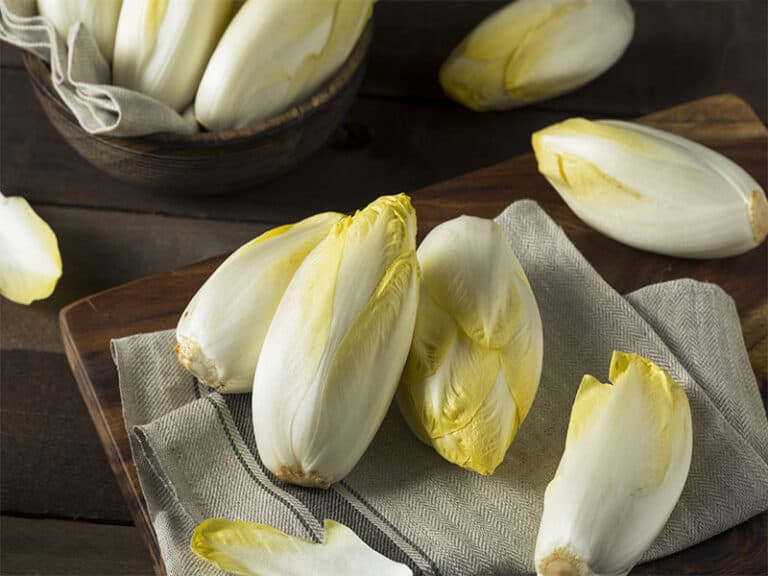
Endive
Endive is a leafy vegetable with a bitter flavor, commonly used in salads and as a garnish.
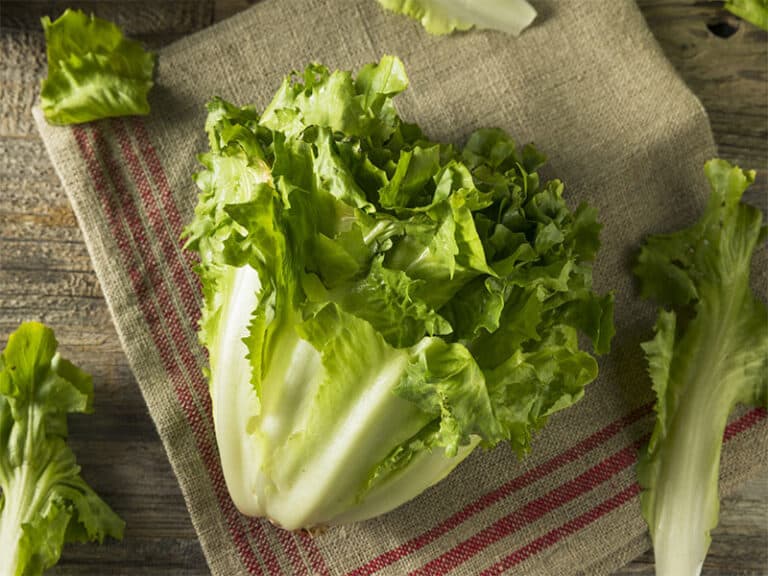
Escarole
Escarole, a broad-leaved endive, offers a slightly bitter taste and is often used in soups and salads.
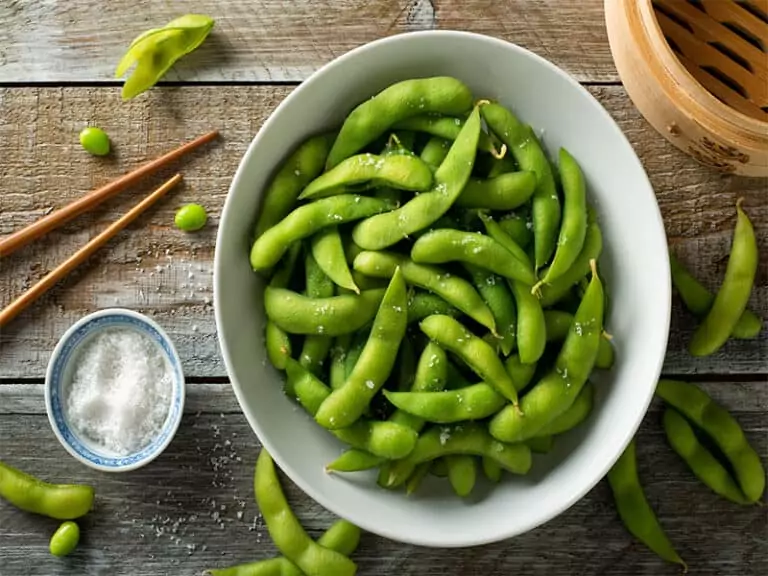
Edamame
Edamame are immature soybeans, commonly served steamed and salted, and popular as a snack or appetizer.
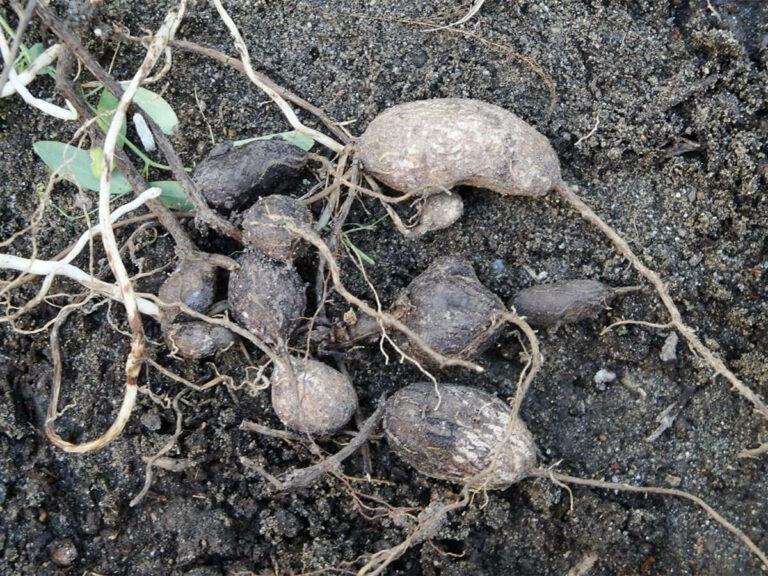
Earthnut Pea
Earthnut pea is a tuberous legume native to Europe and Western Asia, valued for its nutty-flavored tubers.
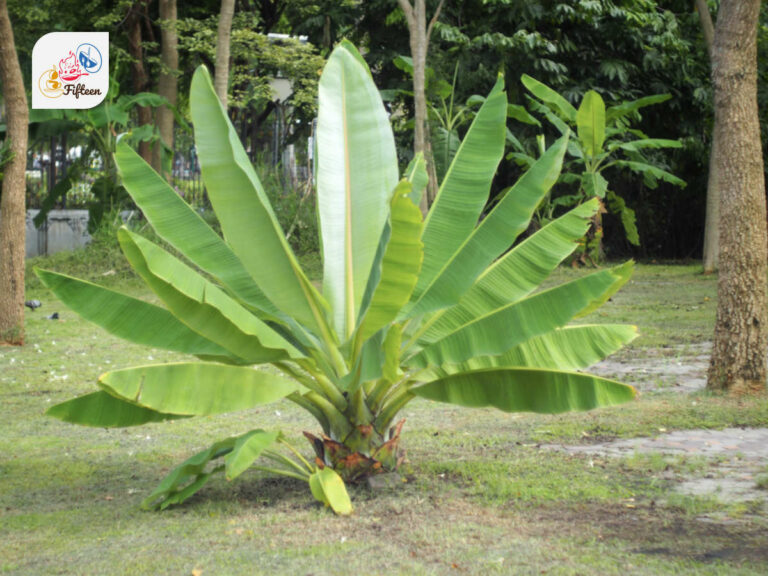
Enset
Enset, also known as the false banana, is an important food crop in Ethiopia, where its starchy stems are used to make porridge and bread.
Remember, this is just a small snapshot. There are plenty more E-vegetables out there waiting for you to explore.
I’ve put together some details to help you get to know fruits starting with ‘E’. Hopefully, this makes you a champ in any game where you need to list these fruits.
What do you think? Was this list helpful? If you know any other ‘E’ fruits, let’s hear it in the comments below.
Don’t forget, there’s a whole alphabet of fruity discoveries waiting, so keep the exploration going with articles on fruits from A to Z!

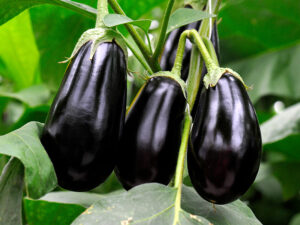
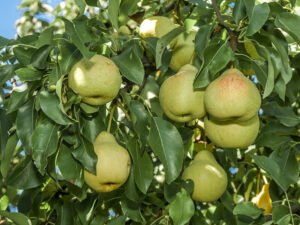
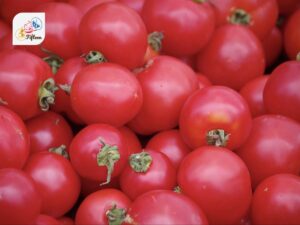
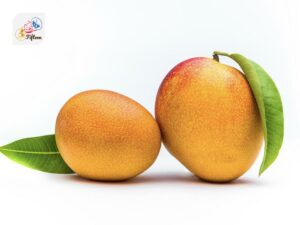
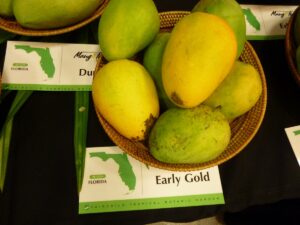
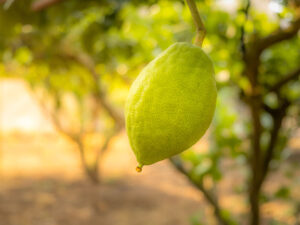
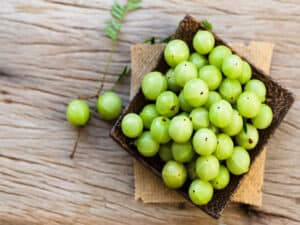
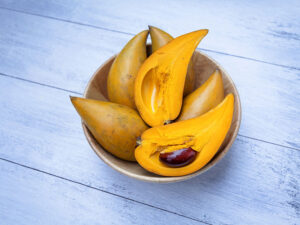
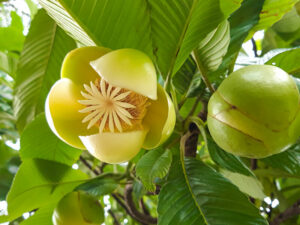
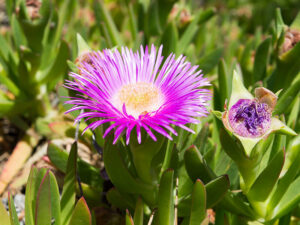
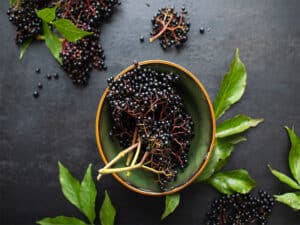
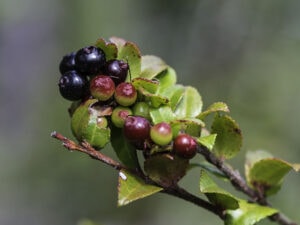
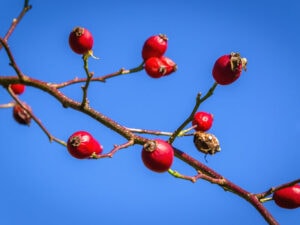
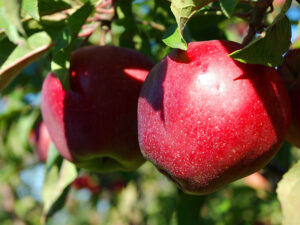
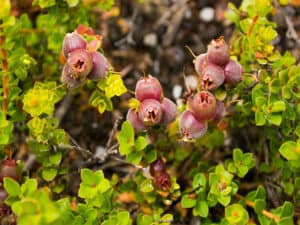
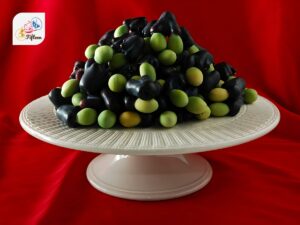
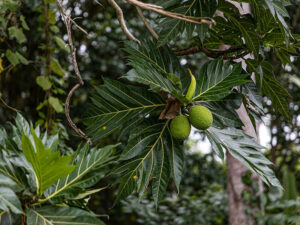
Jamie Scott
Editor in Chief, Senior Content Writer
Expertise
Home Cooking, Meal Planning, Recipe Development, Baking and Pastry, Food Editor, Cooking-video Maker, Western Food Evaluation Expert
Education
Le Cordon Bleu College of Culinary Arts
Local Community College, New York, NY
Jamie Scott is a skilled culinary expert and content creator specializing in Western cuisine. With over 15 years in the culinary field and formal training from Le Cordon Bleu, Paris, Jamie deeply understands how to blend nutrition with delicious flavors. His passion for cooking matches his commitment to making healthy eating accessible and enjoyable.
On Fifteen.net, Jamie brings a fresh perspective to classic dishes and beverages, offering readers insightful recipes, cooking tips, and a fresh view on meal planning that emphasizes taste, health, and simplicity.